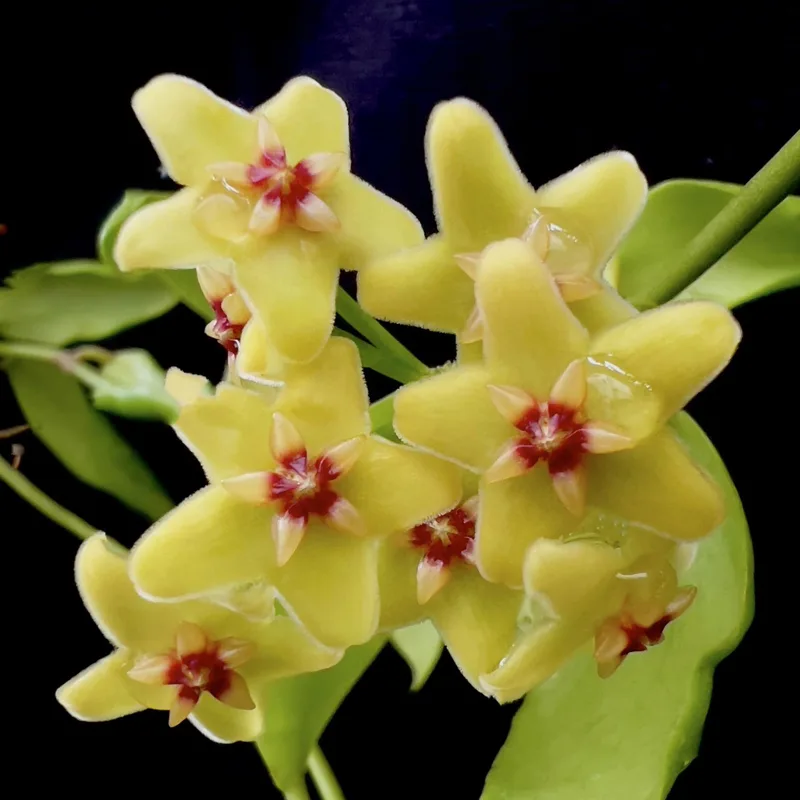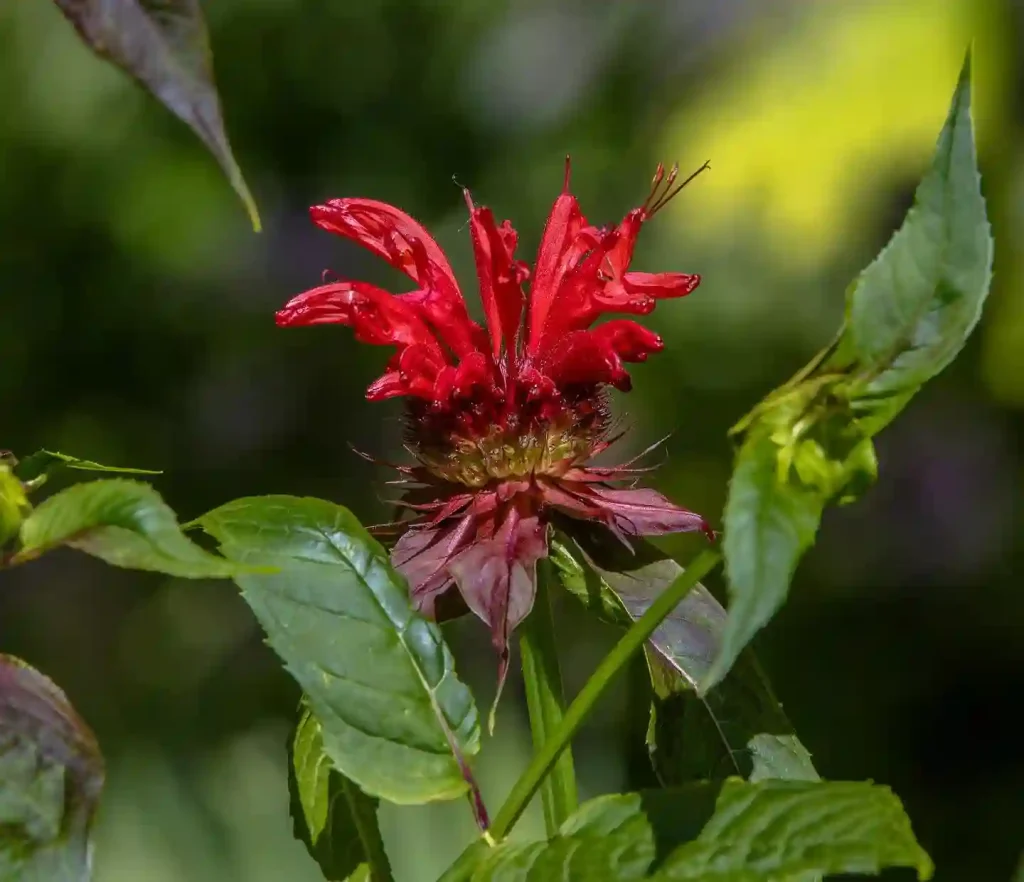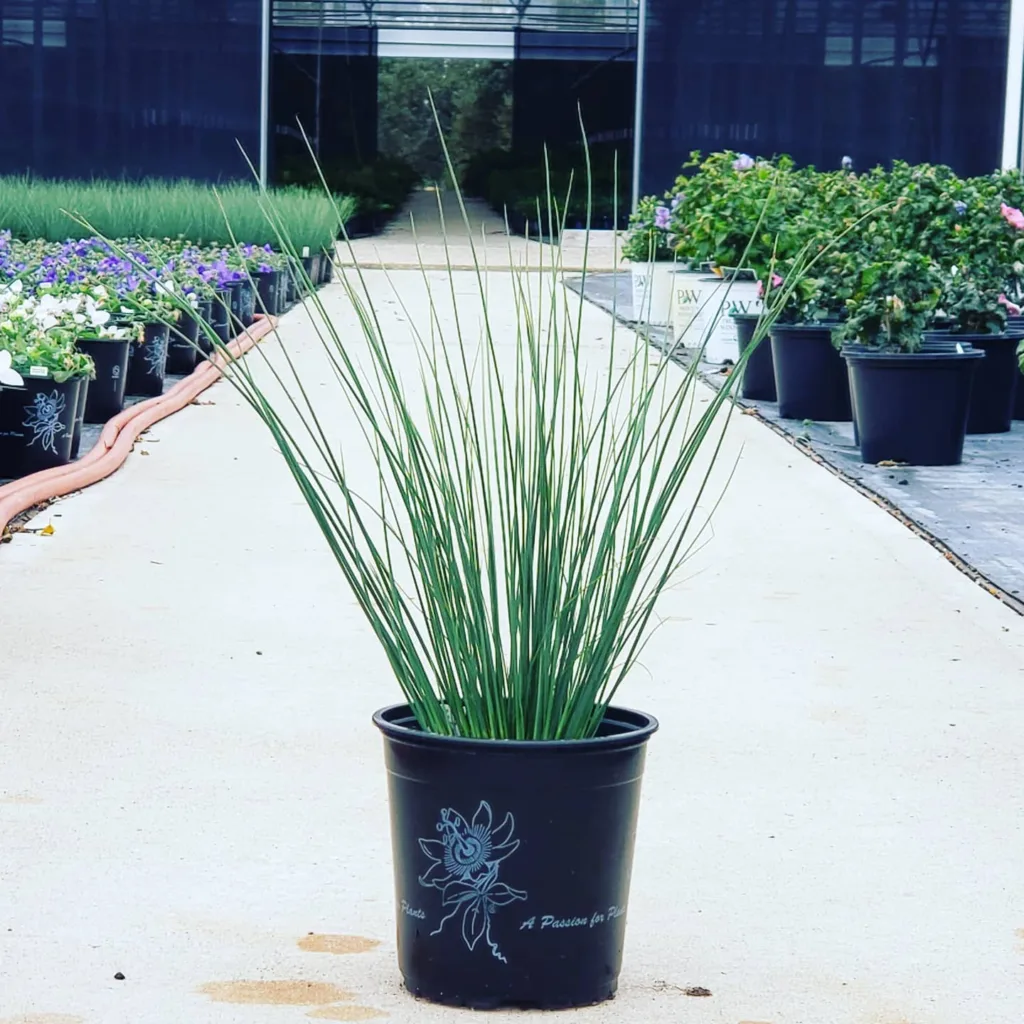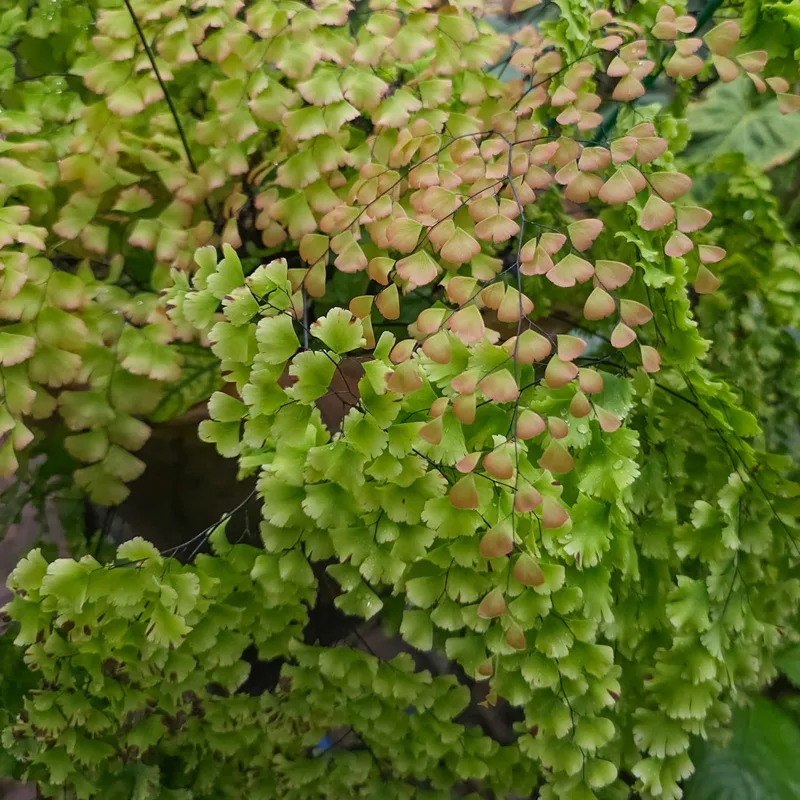
How tall does sansevieria cylindrica grow?
Sansevieria cylindrica, also known as cylindrical snake plant or African spear plant, typically grows to be about 2 to 3 feet tall, though it can occasionally reach heights of up to 4 feet in ideal conditions. Its tall, cylindrical leaves give it a striking and distinctive appearance that adds visual interest to any space.
How to braid sansevieria cylindrica?
Braiding Sansevieria cylindrica is a unique and creative way to display its cylindrical leaves. To braid the leaves, start with three plants of similar size and shape. Carefully intertwine the leaves as you braid them together, securing them with gentle pressure to avoid damaging the foliage. With patience and precision, you can create an eye-catching braid that showcases the plant’s elegant form.
How to care for sansevieria cylindrica?
Caring for Sansevieria cylindrica is relatively low-maintenance, making it an excellent choice for beginner gardeners or those with busy lifestyles. It thrives in bright, indirect light but can tolerate lower light conditions as well. Allow the soil to dry out between waterings, as overwatering can lead to root rot. Sansevieria cylindrica is also relatively resistant to pests and diseases, making it a resilient and durable plant for indoor environments.
How to propagate sansevieria cylindrica?
Propagating Sansevieria cylindrica is relatively straightforward and can be done through division or leaf cuttings. To propagate through division, carefully separate the rhizomes of an established plant and replant them in individual pots with well-draining soil. For leaf cuttings, simply cut a healthy leaf into sections and plant them in soil, ensuring that the cut end is inserted into the soil. With proper care and patience, these cuttings will develop into new plants over time.
How to repot sansevieria cylindrica?
Repotting Sansevieria cylindrica is best done when the plant has outgrown its current container or the soil has become compacted. Choose a slightly larger pot with drainage holes to accommodate the plant’s growing root system. Carefully remove the plant from its current pot, gently loosen the roots, and place it in the new pot with fresh soil. Water thoroughly and allow the plant to adjust to its new container.
How to water sansevieria cylindrica?
Watering Sansevieria cylindrica is relatively simple, as it prefers to dry out between waterings. Allow the soil to dry out completely before watering, and avoid overwatering to prevent root rot. During the growing season, water sparingly, gradually increasing the frequency as the plant’s growth slows down during the winter months.
When to repot sansevieria cylindrica?
Repot Sansevieria cylindrica when it has become pot-bound or when the soil has become depleted of nutrients. Signs that it may be time to repot include roots growing through the drainage holes, soil drying out quickly after watering, or the plant becoming unstable in its pot. Repotting in the spring or early summer allows the plant to recover from any stress caused by the process and promotes healthy growth.
How fast does sansevieria cylindrica grow?
Sansevieria cylindrica typically grows at a moderate pace, producing new leaves gradually over time. Its growth rate may vary depending on factors such as light, temperature, and water availability. With proper care and optimal growing conditions, you can expect Sansevieria cylindrica to grow steadily and maintain its elegant form.
Is sansevieria cylindrica poisonous to cats?
Sansevieria cylindrica is considered mildly toxic to cats if ingested. The plant contains saponins, which can cause gastrointestinal upset, such as vomiting and diarrhea, if consumed in large quantities. It’s best to keep Sansevieria cylindrica out of reach of pets to prevent accidental ingestion.
What is the difference between fernwood and cylindrica sansevieria?
The main difference between Sansevieria cylindrica and Sansevieria Fernwood is the shape of their leaves. While Sansevieria cylindrica has tall, cylindrical leaves with pointed ends, Sansevieria Fernwood has shorter, wider leaves with a more rounded shape. Additionally, Sansevieria Fernwood tends to have darker green foliage and a more compact growth habit compared to the taller, more slender appearance of Sansevieria cylindrica.
Sansevieria cylindrica vs Starfish
While both are striking, the bold, spiraling growth of Sansevieria cylindrica captures a sense of elegance that’s hard to beat, though the whimsical shape of the Starfish variety adds a playful charm that’s equally appealing in a room.
If i die, water my plants!



